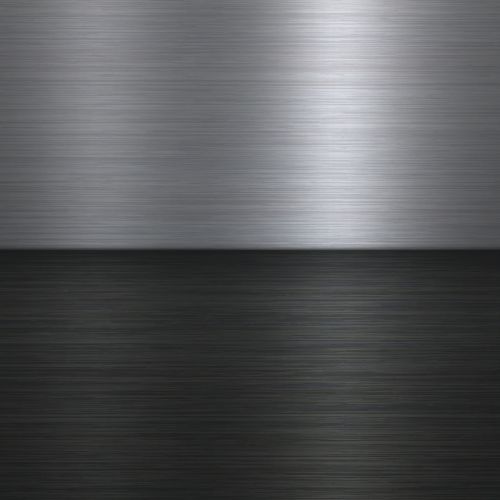A Las Vegas personal injury law firm recently filed suit against the National Football League (NFL) and the Raiders in connection with use of a black and silver color scheme. While the law firm argues that it has used the colors since 2012, the NFL issued a cease-and-desist alleging unauthorized use of the Raiders’ black and silver color scheme trademarks regarding a commercial advertising the firm that included one of the team’s players. Dimopoulos Law Firm sued the NFL and Raiders in a Nevada federal court, seeking a declaratory judgment on the grounds that no trademark infringement occurred.
What Did the Law Firm Argue in the Lawsuit?
In the lawsuit, Dimopoulos Law Firm argues that the NFL’s cease-and-desist letter is unfounded. According to the complaint, the firm had used the color scheme since its inception in 2012 while the Raiders were still located in California. It was not until four years after the firm began using the color scheme that the Raiders relocated to Las Vegas. The firm asserted that while other teams also use black and silver in their team colors, the decision to use the color scheme was unrelated to professional sports.
The controversy specifically stemmed from a TV and internet commercial the firm began working on in 2022 which featured three professional athletes, including Maxx Crosby of the Raiders. In the contract entered into with Crosby for the advertisement, the football player agreed to wear the firm’s colors. Under the contract, no NFL or Raiders logos were permitted to appear in the commercial. Crosby acknowledged that the agreement did not conflict with any agreements he had with the NFL or Raiders.
The firm asserted that its advertisement did not use any names or logos associated with the Raiders or the other athlete’s respective teams. It only showed them preparing for competition. Additionally, the firm purported that the advertisement broadcasted on YouTube contained a disclaimer specifying that the firm was not affiliated with — nor was the commercial in any way connected with — the NFL. The firm asserted that its website contained the same disclaimer.
The firm argued that no reasonable consumer would watch the commercial and draw the conclusion that it had an affiliation with the NFL. In the complaint, the firm requested injunctive relief preventing the NFL and Raiders from interfering with its use of the black and white color scheme in its advertising.
Can You Trademark a Color Scheme?
Colors are not included in the Lanham Act’s statutory definition of what can be a trademark. However, there are exceptions. Single colors and color schemes have been afforded trademark protection since 1995 as long as they meet the criteria necessary for registration. Specifically, the color must serve as a source identifier and not merely serve a decorative or utilitarian purpose.
Some common examples of colors that are protected by trademarks include the light blue used on Tiffany jewelry boxes, the iconic red soles on Christian Louboutin heels, and the recognizable brown associated with UPS delivery trucks and uniforms. Other notable color trademarks include:
- Coca-Cola red
- Pepto-Bismol pink
- Home Depot orange
- T-mobile magenta
- Target red
- John Deere’s green and yellow color scheme
- Mattel’s Barbie pink
In addition, the Fifth Circuit held in 2008 that a university’s color scheme is entitled to trademark protection when it is combined with other identifying indicia. Importantly, to be a trademark, the color or color combination must also have secondary meaning — in other words, consumers must associate that particular color combination with a specific brand.
Is Using the Same Color Scheme Trademark Infringement?
It is critical to differentiate the colors of a brand, versus a trademark color or color scheme. Even when a logo contains the encircled “R” it signifies that the company has claimed trademark rights to the logo itself, not the colors in it. However, when the color is the brand identifier, it may be afforded protection.
Significantly, whether you are seeking a trademark for a color, color scheme, or any other brand identifier, it’s vital to be aware that the protections only extend to goods or services of the same kind. This is because the purpose of registration is to safeguard your mark from the likelihood of consumer confusion. You should carefully select the class of goods or services for which you seek trademark protection to ensure it is adequately protected — in many cases, a trademark can be registered in more than one class.
Contact an Experienced Trademark Attorney
If you are wondering whether you can trademark a color scheme for your brand, it is essential to have the counsel of a knowledgeable trademark attorney. Located in Ann Arbor, Michigan, the Trademark Lawyer Law Firm, PLLC, is committed to offering skillful counsel to entrepreneurs and business owners nationwide for a wide variety of trademark matters. Contact us today to schedule a free 15-minute consultation.





